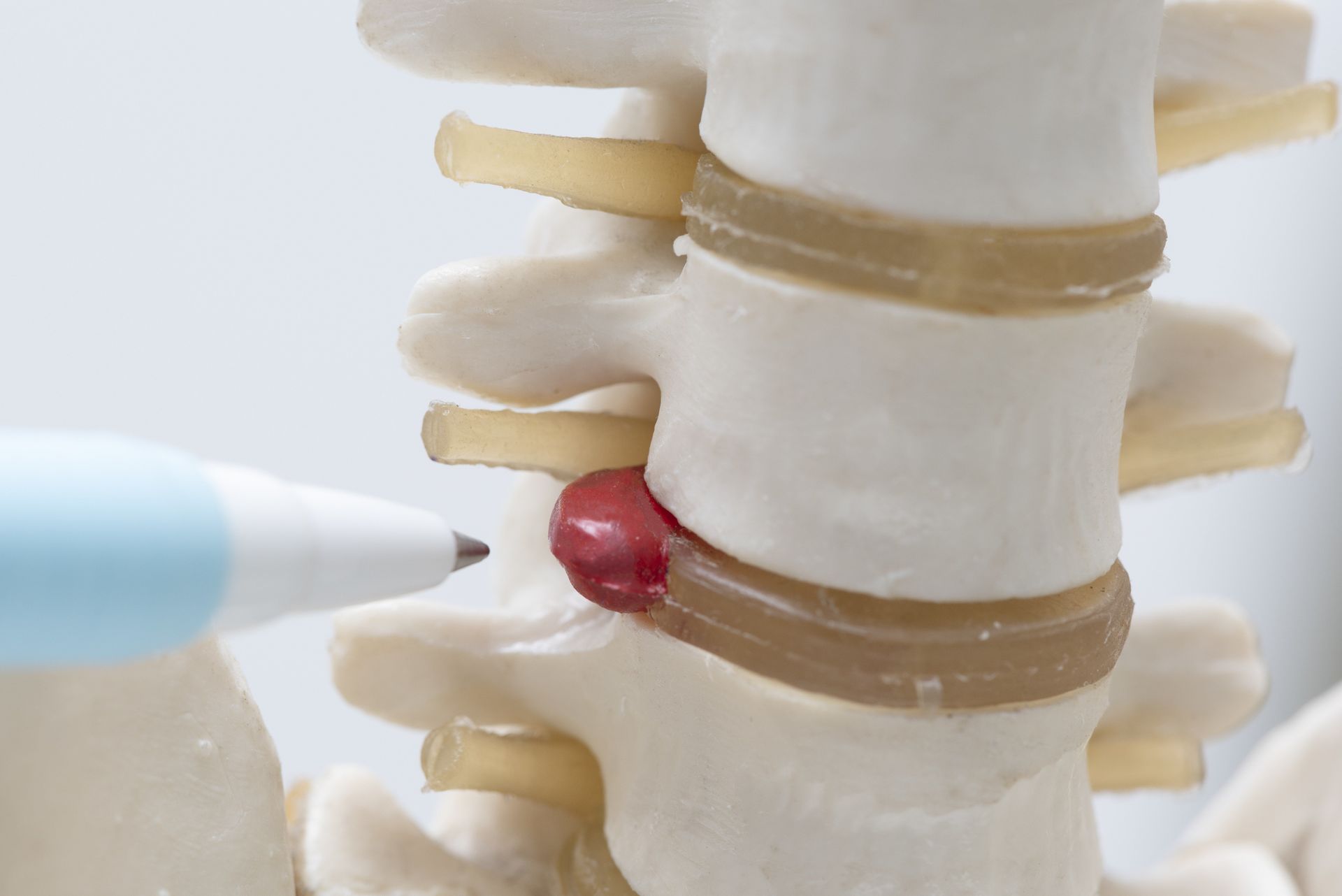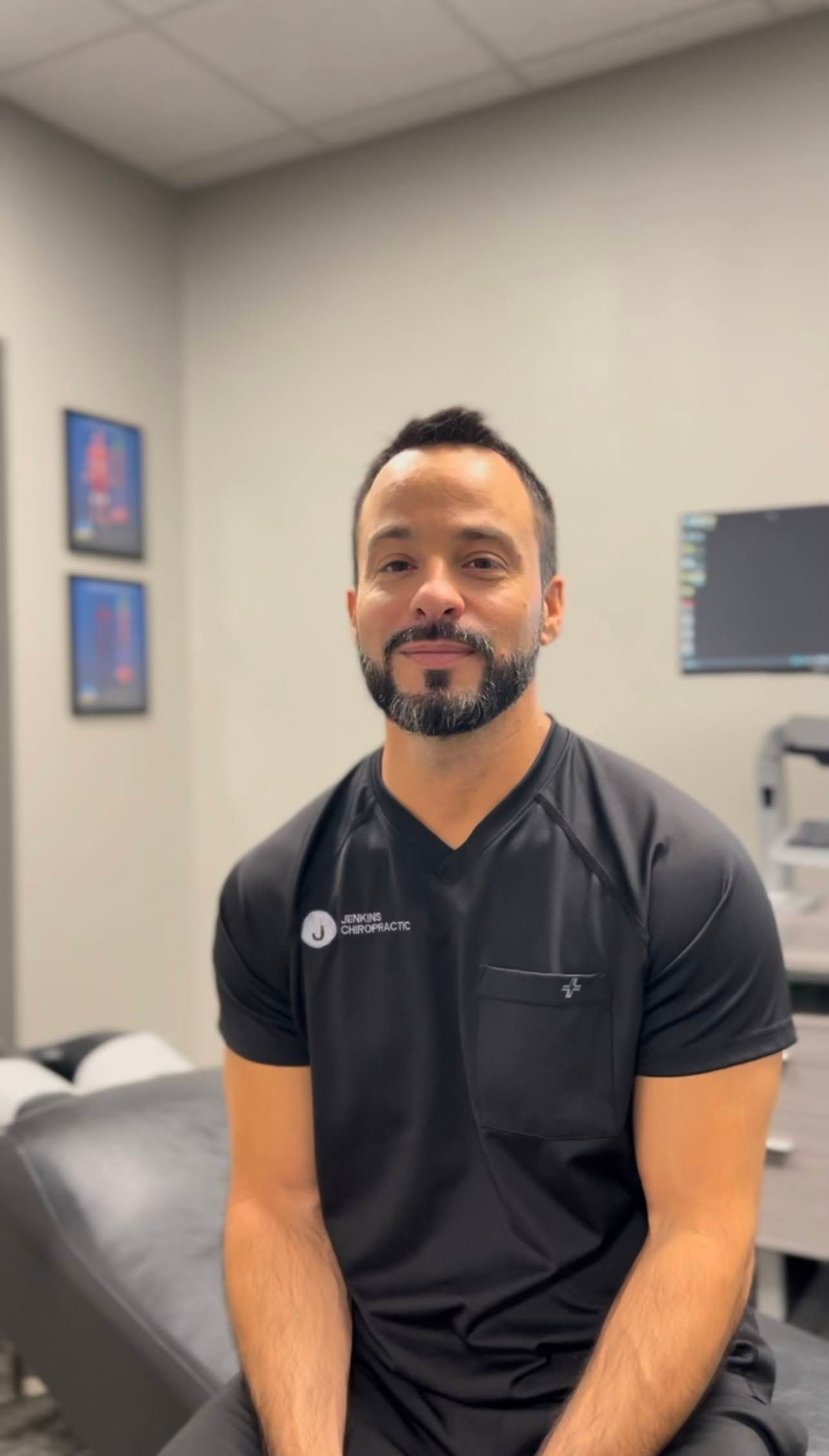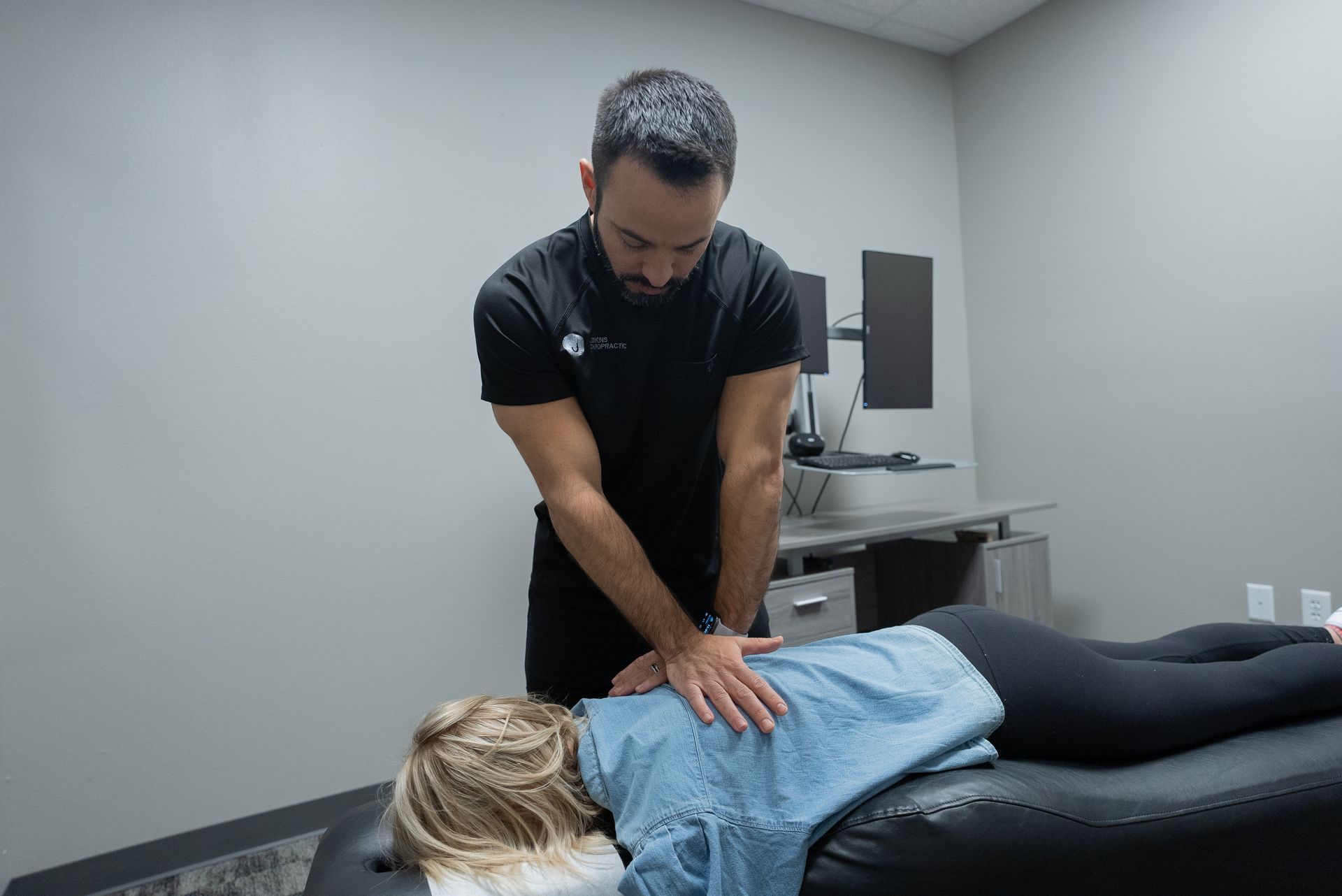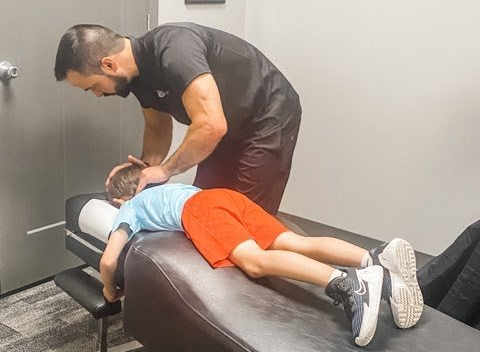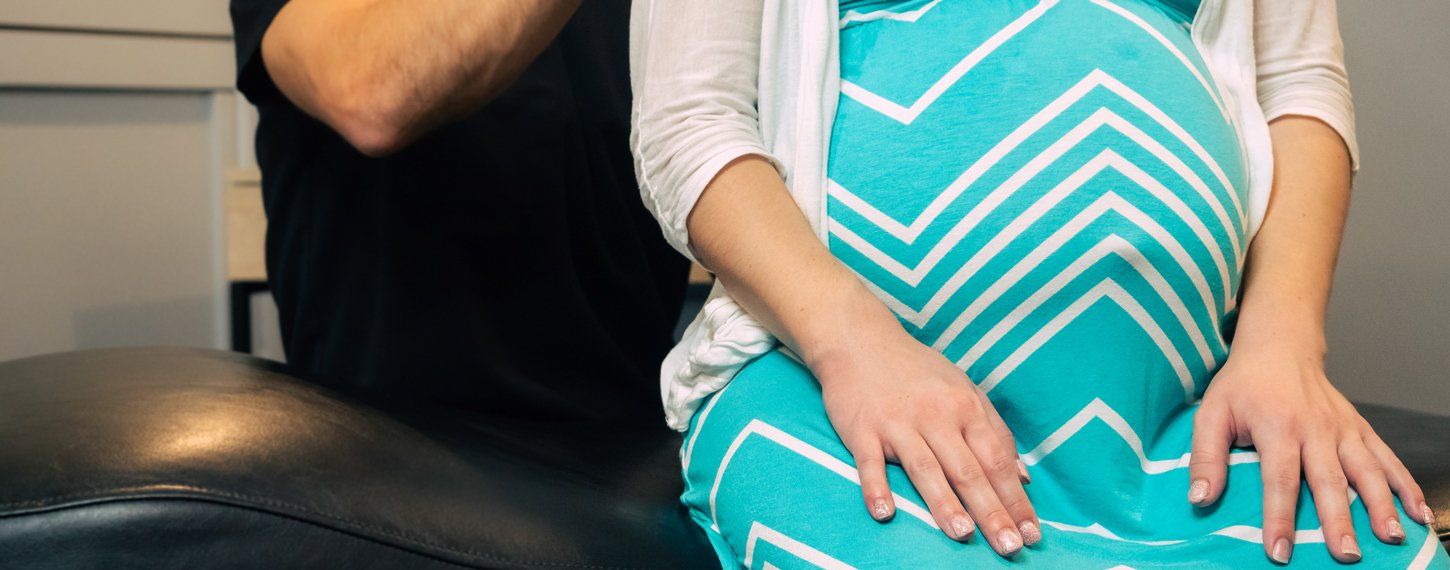Minimizing the Risk of a Herniated Disc
Herniated discs happen
when everyday wear-and-tear puts excess or unnatural pressure on the spine.
Some things that can cause this wear-and-tear include poor posture, obesity,
heavy lifting, repetitive motions, and falls. Age-related conditions such as
osteoarthritis, degenerative disc disease, rheumatoid arthritis, and
fibromyalgia can also make you more prone to a herniated disc in the back.
While there is no guarantee you won’t suffer from a herniated disc, there are ways you can safeguard the health of your spine to minimize the risks.
Strengthen Core Muscles
The core consists of several muscles in your midsection that work together to provide a firm base of support for your back and spine. When these muscles are weak, the spine becomes unstable and more vulnerable to herniated discs. Core muscles can be strengthen with regular exercises such as yoga, Pilates, aerobics, swimming, biking, walking, and jogging.
Practice Good Posture
Whether you’re sitting, standing, or sleeping, good posture is important to keep the spine properly aligned and to prevent excess strain on the back. When you’re sitting, keep your back straight and your shoulders back. Let your butt touch the back of the chair, and keep your feet flat on the floor. Stand up periodically to stretch the muscles in your back, and neck.
Place a pillow between your knees when you sleep on your side. And when you sleep on back, put a pillow under your knees to relieve excess pressure. Avoid sleeping on your stomach as this position places strain on the spine.
When you stand up, keep your feet shoulder-width apart, shoulders straight, and your head centered above them. If you are standing for long periods of time, shift your weight periodically to prevent standing still too long.
Maintain Flexibility in the Spine
As you age, the discs in the spine dry out and start to lose flexibility. For this reason, herniated discs are more common in people over the age of 35. Not only are yoga and Pilates excellent for overall strengthening of the core, these exercises are great for improving pliability and range of motion in the spine.
Chiropractic care
Regular adjustments can go a long way in preventing disc problems in the first place. Proper alignment of the spine and neurological function will help in reducing the probability of a finding yourself looking up at your ceiling as you are recovering from a herniated disc.
Lose weight
I know this one is pretty obvious, but it’s also the one of the least likely ones people will do. Having an above normal body weight places added stress on numerous joints and on the discs themselves, causing them to wear out sooner.
Quit Smoking
This not only prevents injury, but it may actually be the cause of your aches and pains. Smoking causes internal inflammation and prevents the body from healing itself.
There is no guarantee that you’ll never suffer a herniated disc, but by strengthening the core, practicing good posture, dropping a few pounds, improving flexibility in the spine, and nixing that nasty cigarette habit, you’ll significantly reduce your risk.
Appointment Request
Contact Us
We will get back to you as soon as possible.
Please try again later.
Have a question? Let us help you!
Send us a Message
Contact Us
We will get back to you as soon as possible.
Please try again later.
+13193934303
© Copyright 2023 | Alright Reserved | Jenkins Chiropractic
If you have troubles reading our website, please reach out to us and we can help you!

